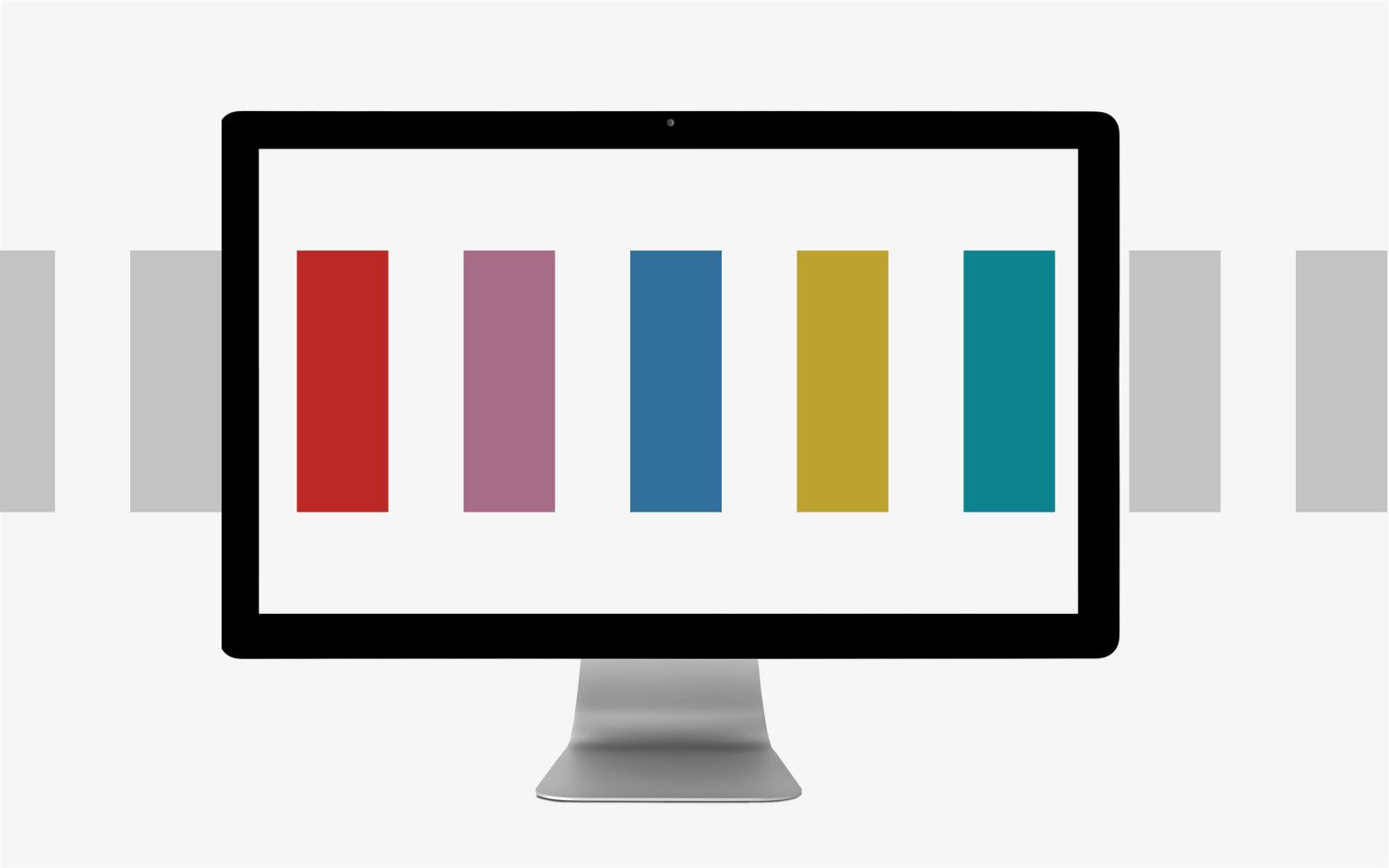Featuring Insights From Iun Chen & Vish Srivastava
What is Tableau
Tableau is a powerful data analysis and data visualization tool that anyone can use. It can be used by beginners to create simple charts and by advanced practitioners to solve complex business problems. It is user-friendly, easy to learn quickly, and includes a portfolio of business intelligence tools with the potential to give a wide range of roles the advantage of professionally analyzing data.
Simply put, if you can present data in a clear, compelling format, you gain a competitive advantage in today’s data-driven marketplace.
“Tableau enables you to quickly connect disparate data sources and utilize a drag-and-drop interface to analyze data and create dashboards,” says Vish Srivastava, who leads our Data Visualization & Intro to Tableau workshop. As a product leader at Evidation Health, he relies on Tableau to turn around fast data analysis. “For example, product teams use it to analyze user growth and analytics, BizOps teams use it to analyze operational data, and sales teams use it to analyze customer and revenue data.”
Businesses survive and thrive on data. The amount of data available to businesses today is impressive. To keep organizations on a successful path, analysts need to provide the key insights needed to make important decisions.
Here’s where Tableau comes in.
Tableau takes business intelligence to the next level, making it fast and efficient to analyze large amounts of data and create beautiful, presentation-ready visualizations that generate insights.
Data is the lifeblood of modern teams. Being able to quickly answer ad hoc questions and integrate data analysis into your day-to-day decision-making will make you an MVP. Though not all data analysts use Tableau, they do need some way to quickly create data visualizations.
Tableau is the data viz tool of choice.
Tableau is so popular in part because it is easy and fast to learn. In Iun Chen’s Intro to Data Analytics course, students learn the life-changing basics of Tableau in an afternoon. Aspiring analysts come to understand the power of data and the impact their numbers can have. As more data becomes available, there are more opportunities for data to be misused, a risk that every data scientist soon realizes. To quote the Nobel laureate and economist Ronald Coase, “If you torture the data long enough, it will confess.”
The ethics of data form the foundation of Chen’s syllabus so pitfalls are avoided from the start. “Overanalyzing and manipulating data too deeply can always give you the information you want,” says Chen. “Unfortunately, this is all too common in professional settings, though it’s usually unintentional.”
What features does Tableau offer?
- Tableau Accelerators
- Data Stories
- Predictive Modeling and more
Tableau is a powerful tool.
Business insights are only as good as the data behind them, and the best data analysts understand that the human choices they make matter.
“Data is the perfect example of garbage in, garbage out,” says Srivastava, who defines good data as data that is ethically collected, complete, objective, and thoroughly analyzed. ”The double-edged sword of using powerful data analysis and visualization tools is that beautiful charts can create a false precision and obfuscate data integrity issues.”
To delve deeper into this topic, Chen recommends How Charts Lie, by Alberto Cairo, an exploration of how data can be altered:
“This book details how the use of data and data visualizations in journalism can be distorted and misleading, without the audience even realizing it, due to the urgency to present findings in a timely manner to the public.”
Want to learn more about Iun?
https://www.linkedin.com/in/iunchen
Want to learn more about Vish? https://www.linkedin.com/in/vishrutps
